Crafting Food-Grade Silicone Bead Products for Neurodiverse Children
Sensory products play a pivotal role in supporting children with ADHD, autism, and other neurodivergent conditions. In this comprehensive guide, we'll delve into the art of crafting sensory wonders using food-grade silicone beads. Discover how these versatile beads can foster calm, focus, and engagement for neurodiverse children, while also unveiling a world of creative possibilities.
1. The Science Behind Sensory Benefits
Food-grade silicone beads are a powerful tool for addressing sensory needs. The soft, pliable texture provides tactile stimulation, helping children regulate sensory input and reduce anxiety. By incorporating these beads into various products, parents and caregivers can create a multisensory environment that supports neurodiverse children's development.
2. DIY Chewable Necklaces: A Calming Accessory
Craft chewable necklaces using food-grade silicone beads, offering a discreet outlet for oral sensory needs. These necklaces can help redirect chewing behaviors away from clothing or other non-safe items, promoting a sense of calm and focus.
3. Sensory Bracelets for Tactile Exploration
Design tactile bracelets by combining different shapes and textures of silicone beads. Children can explore the beads' diverse sensations, enhancing their tactile awareness and motor skills.
4. Fidget Keychains: Channeling Restlessness into Focus
Create fidget keychains with silicone beads, offering a discreet and portable tool to channel restless energy. Fidgeting with the beads can help enhance concentration and attention span.
5. Sensory Mats and Tiles: Visual and Tactile Delights
Construct sensory mats and tiles using a mix of silicone beads, engaging children's senses of touch and sight. The different textures and vibrant colors can provide a captivating sensory experience.
6. Customizable Sensory Toys: From Lacing Beads to Puzzles
Craft customizable sensory toys, such as lacing bead sets or puzzle pieces made from food-grade silicone beads. These toys offer opportunities for fine motor skill development, creativity, and problem-solving.
7. Sensory Bead Art: A Therapeutic Outlet
Encourage creative expression with sensory bead art projects. Children can arrange beads to create visually appealing patterns and designs, promoting relaxation and artistic exploration.
8. Collaboration and Communication: Sensory Bead Group Activities
Engage neurodiverse children in collaborative sensory bead activities. Group projects foster social interaction, communication, and shared accomplishments.
Food-grade silicone beads are a versatile and accessible resource for crafting sensory products that cater to the unique needs of neurodiverse children. By embracing these innovative ideas, parents, caregivers, and educators can create a nurturing environment that enhances focus, calmness, and overall well-being.


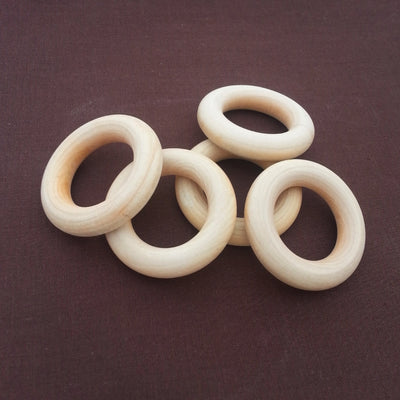
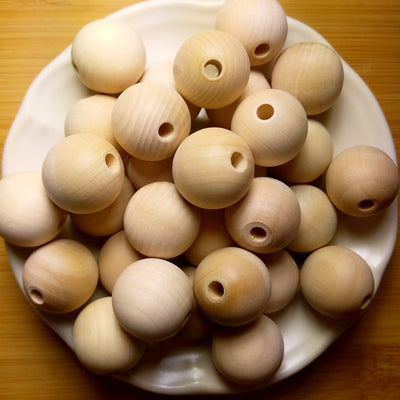
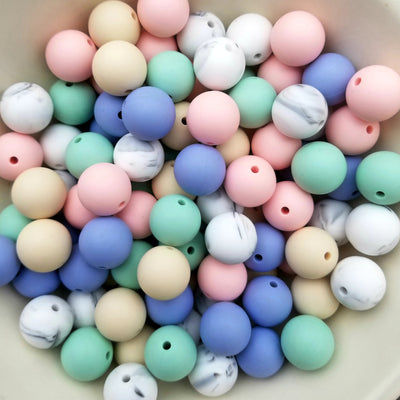
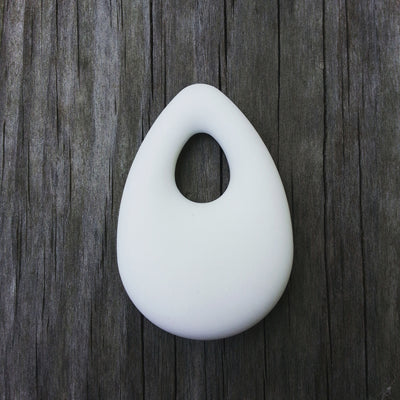
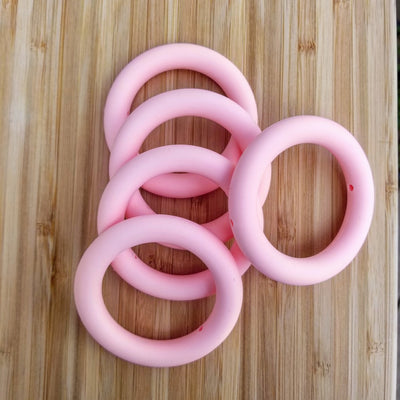
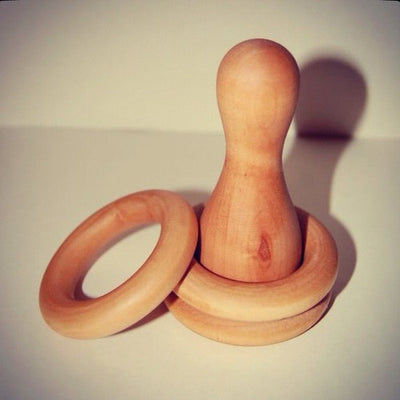

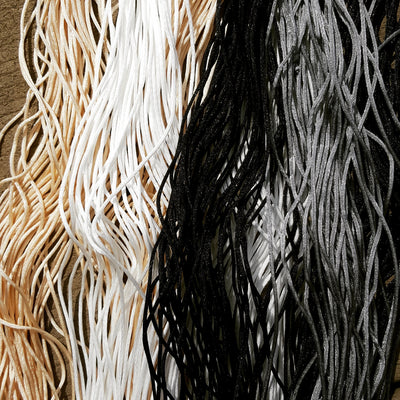
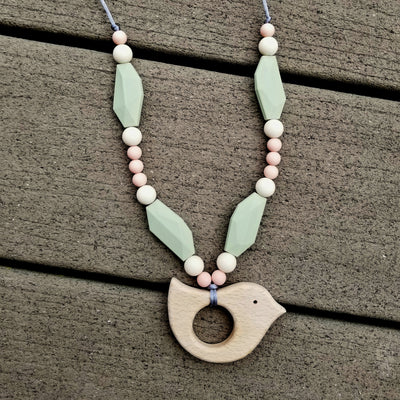
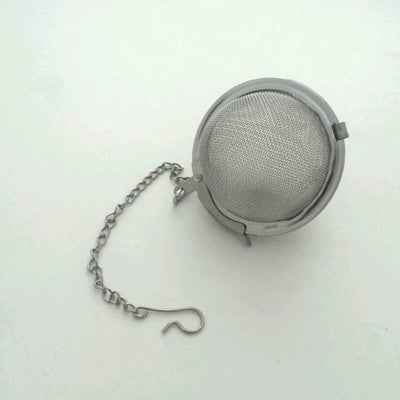
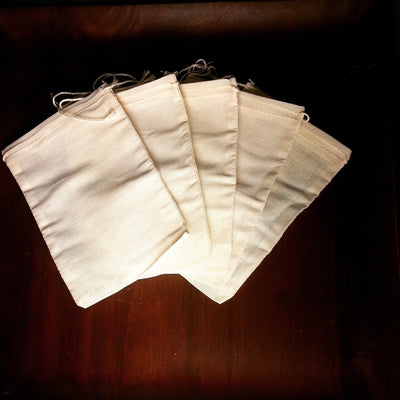
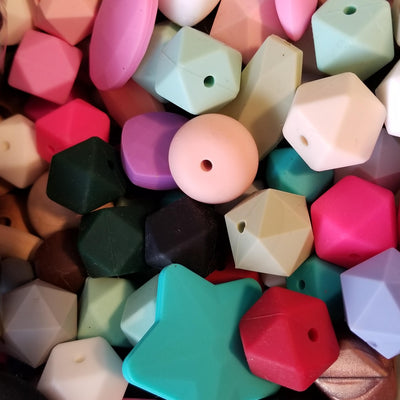
Leave a comment